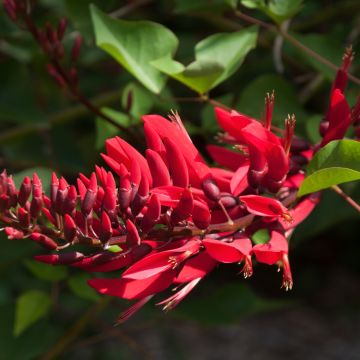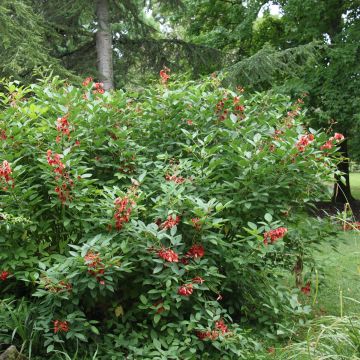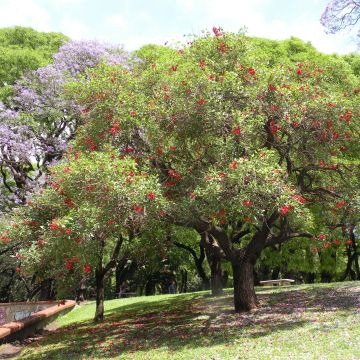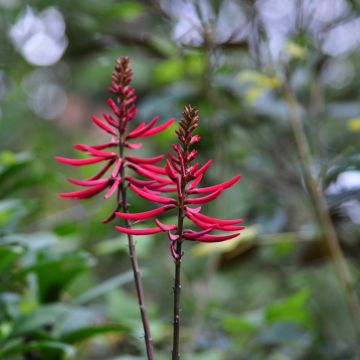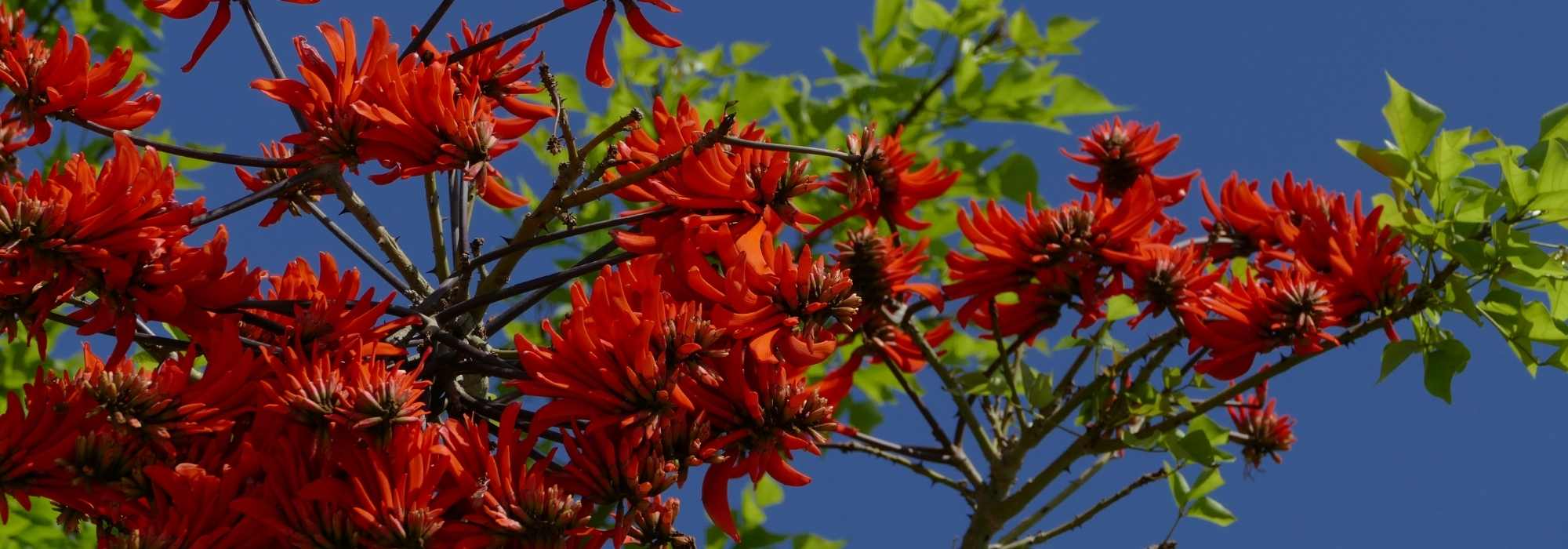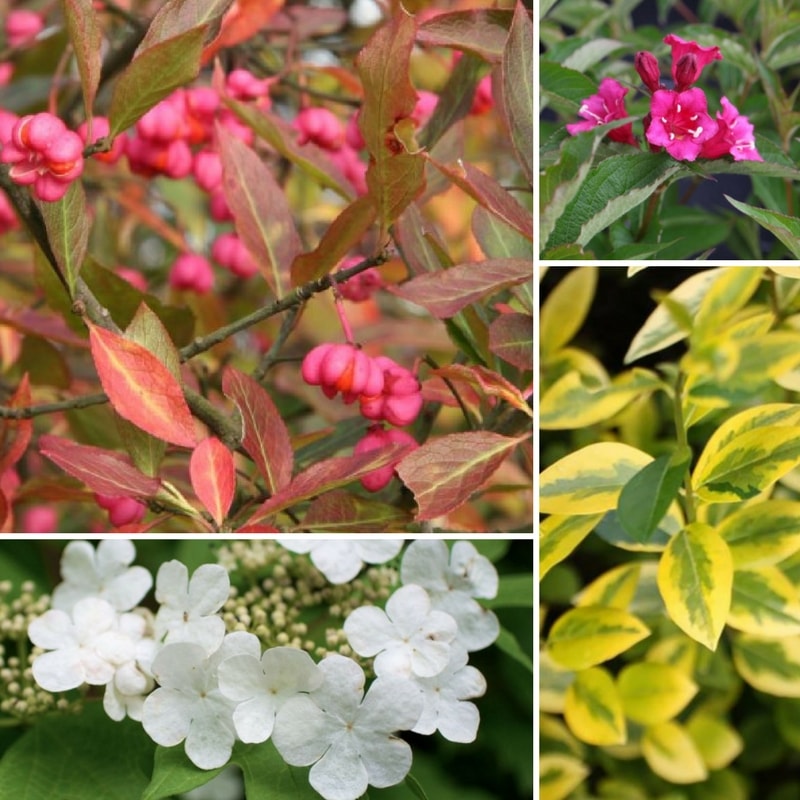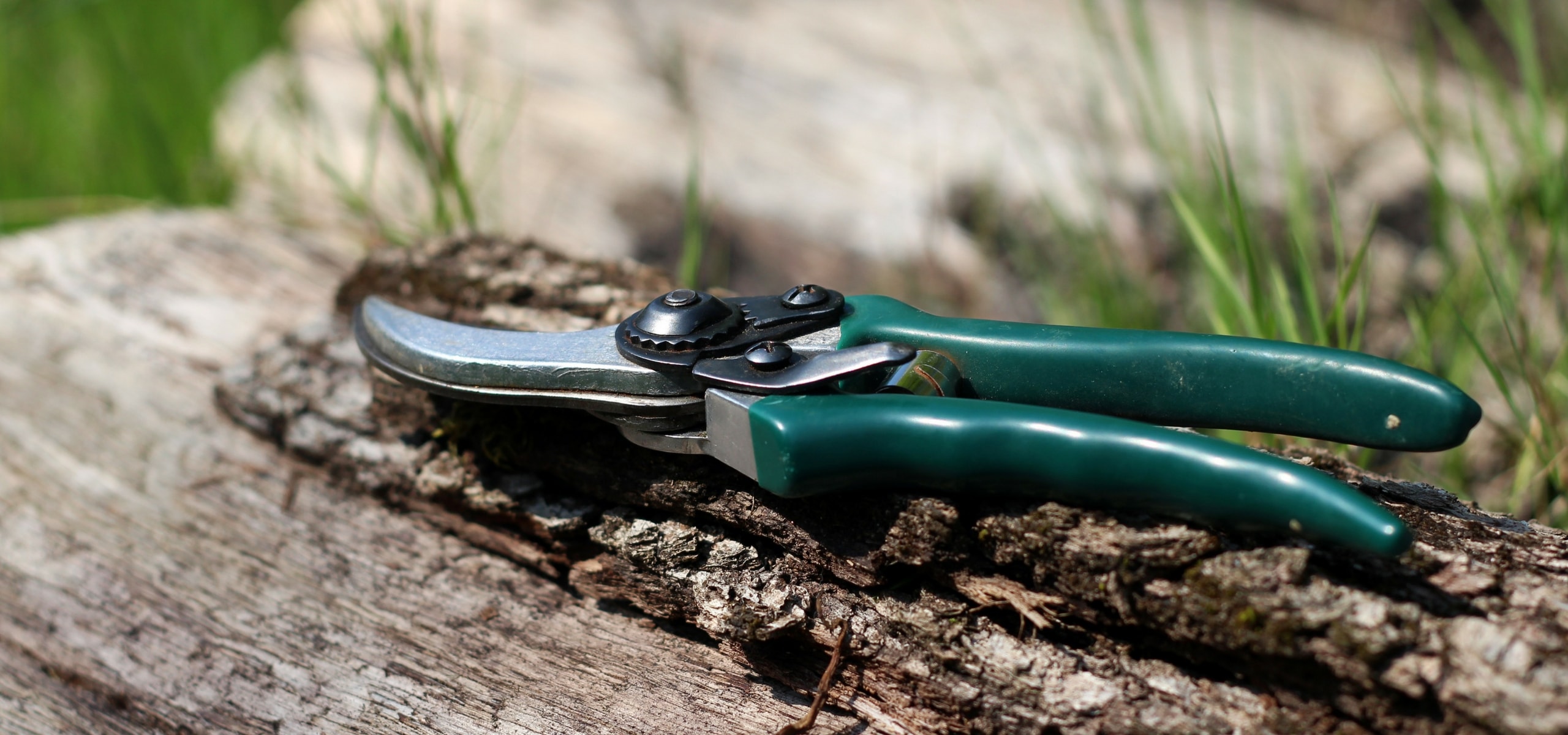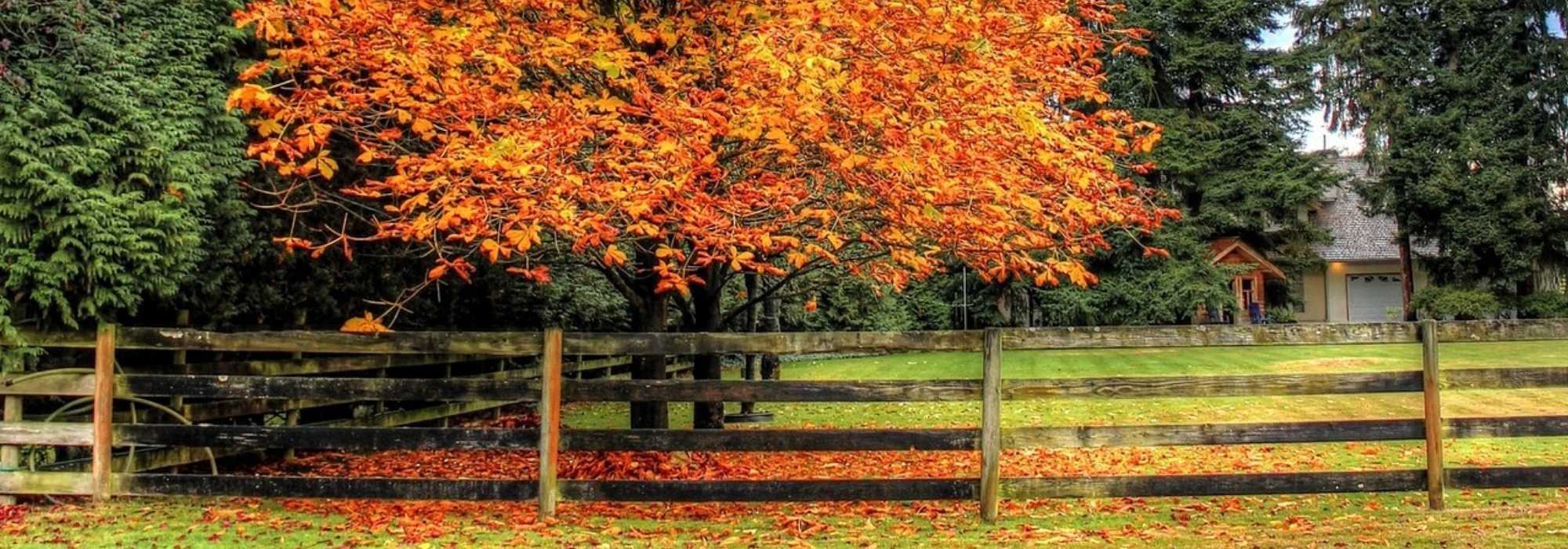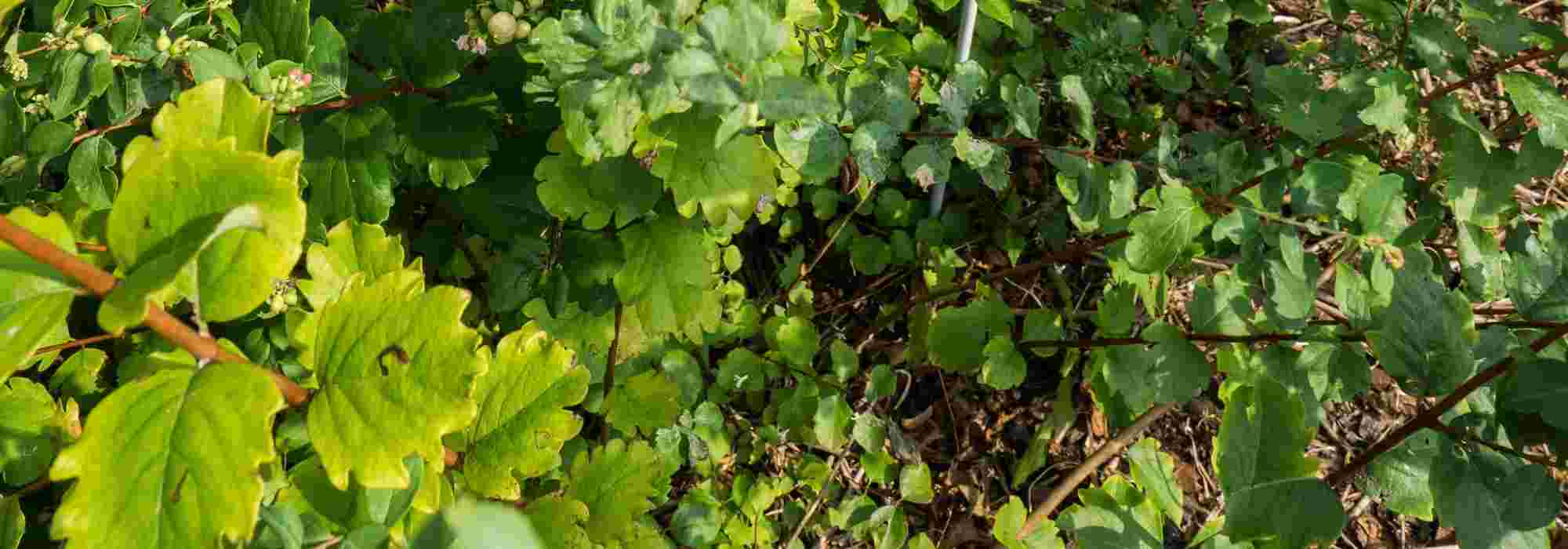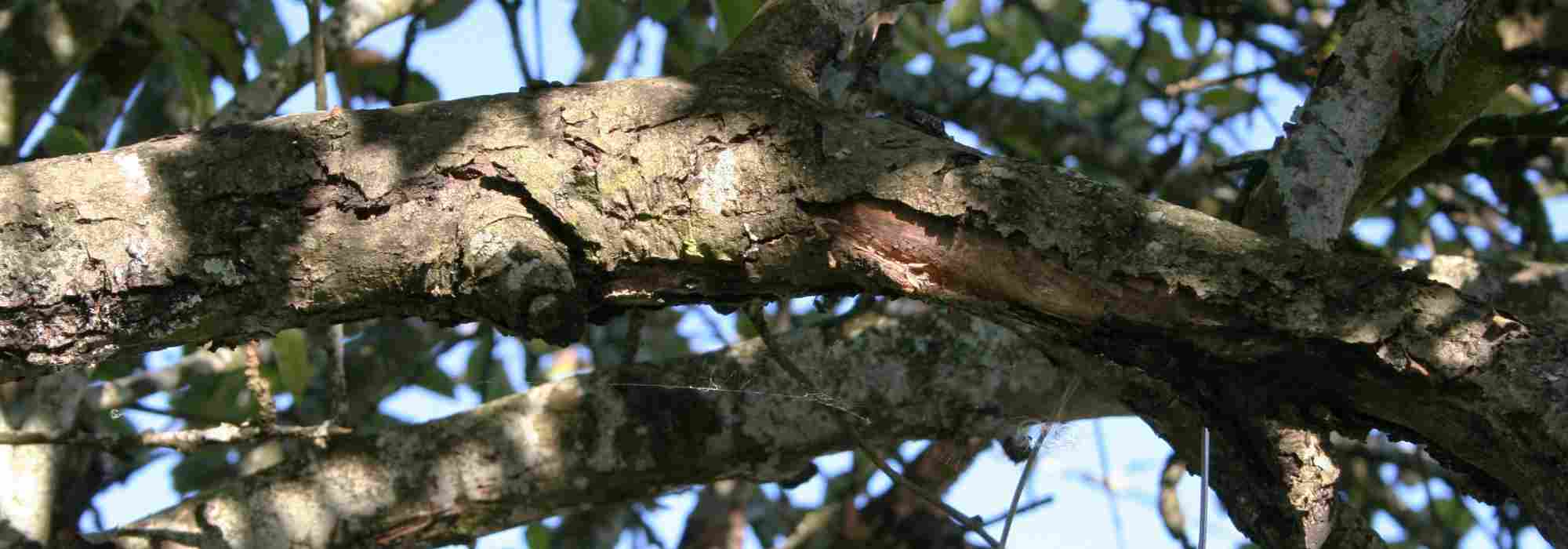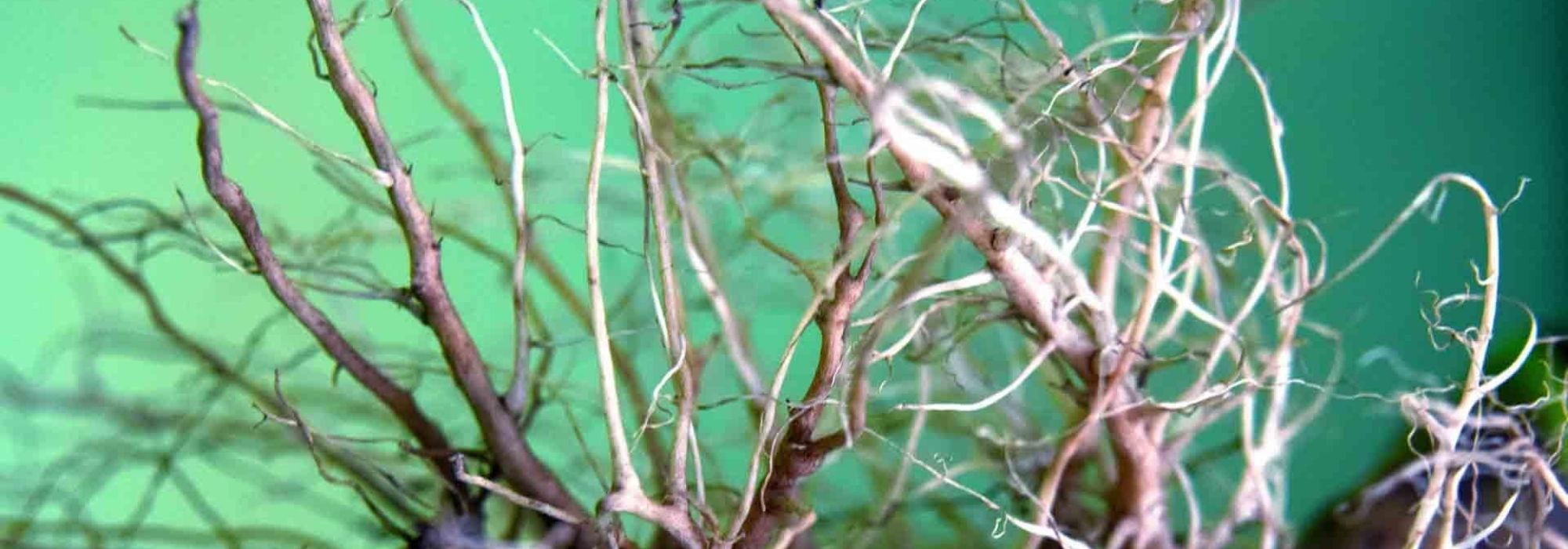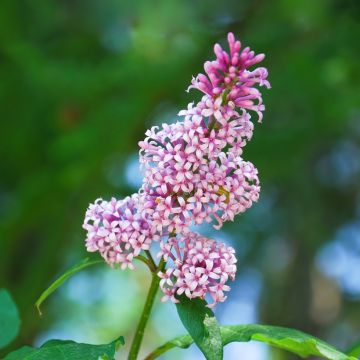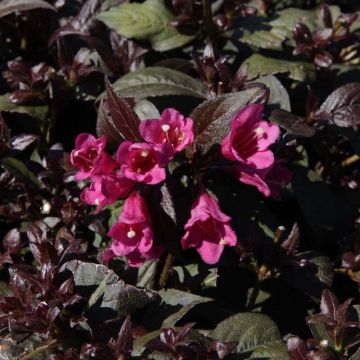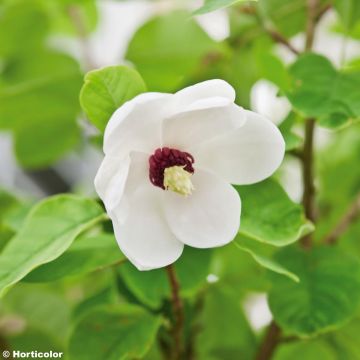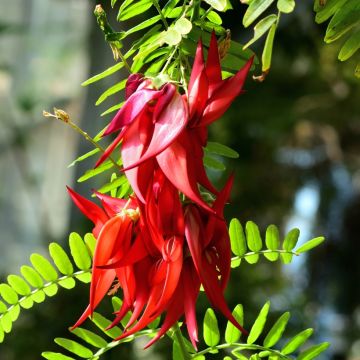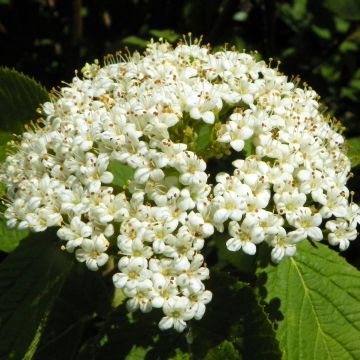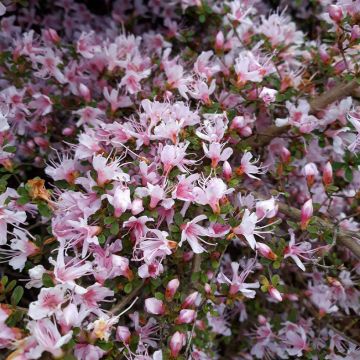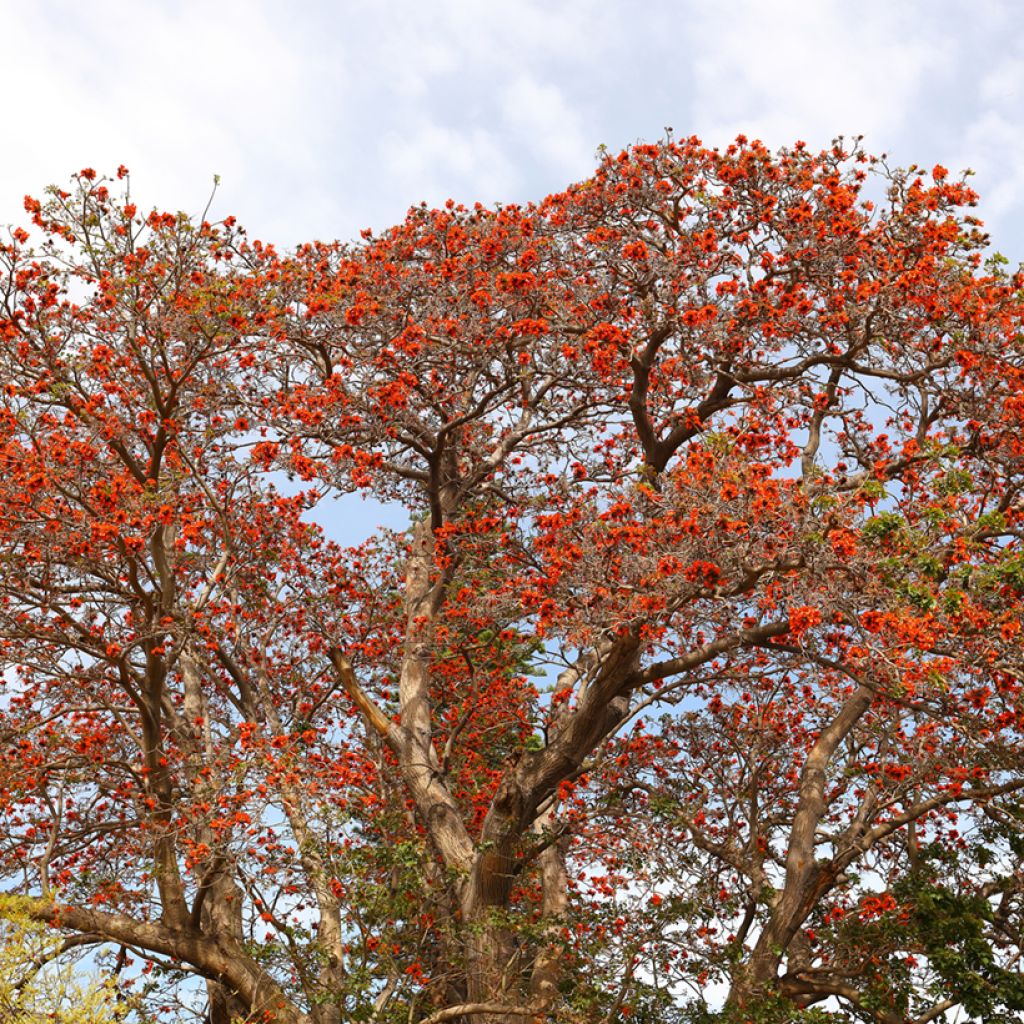

Erythrina caffra - African coral tree
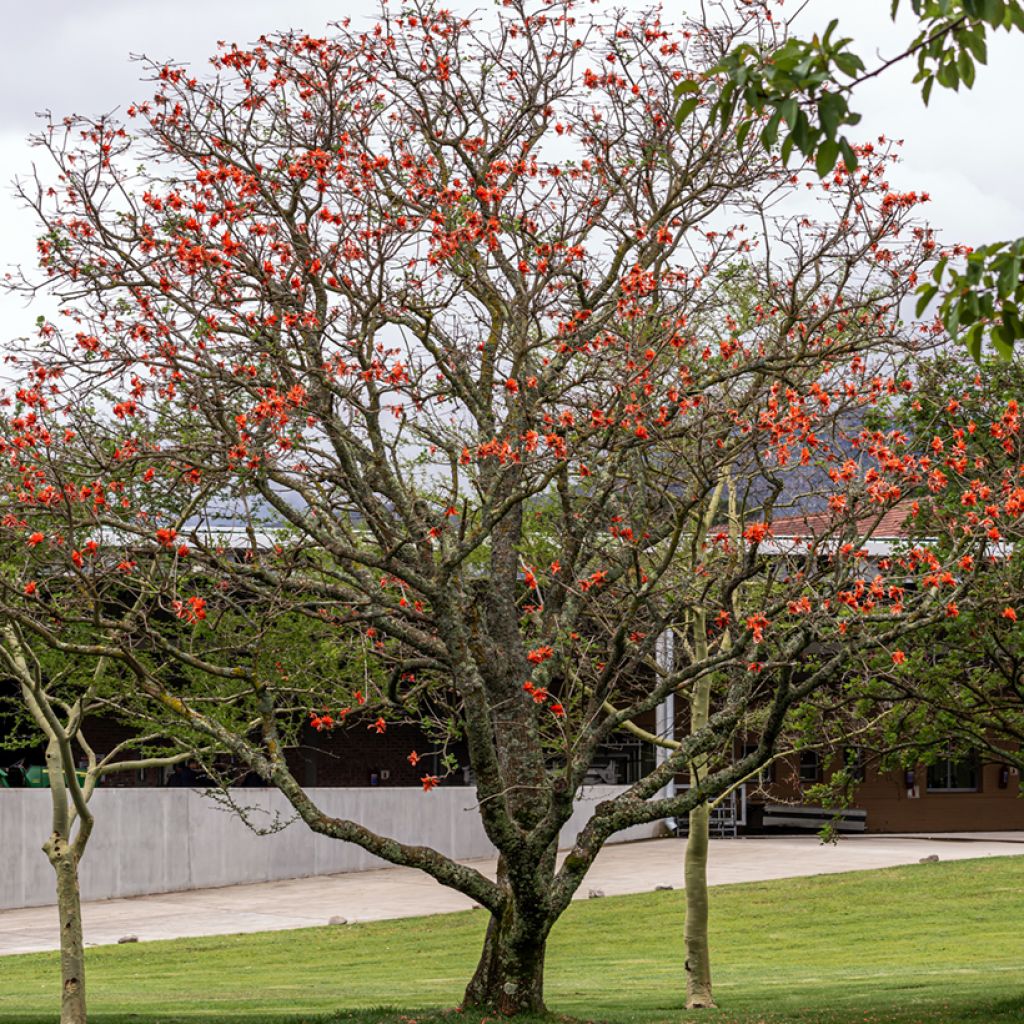

Erythrina caffra - African coral tree
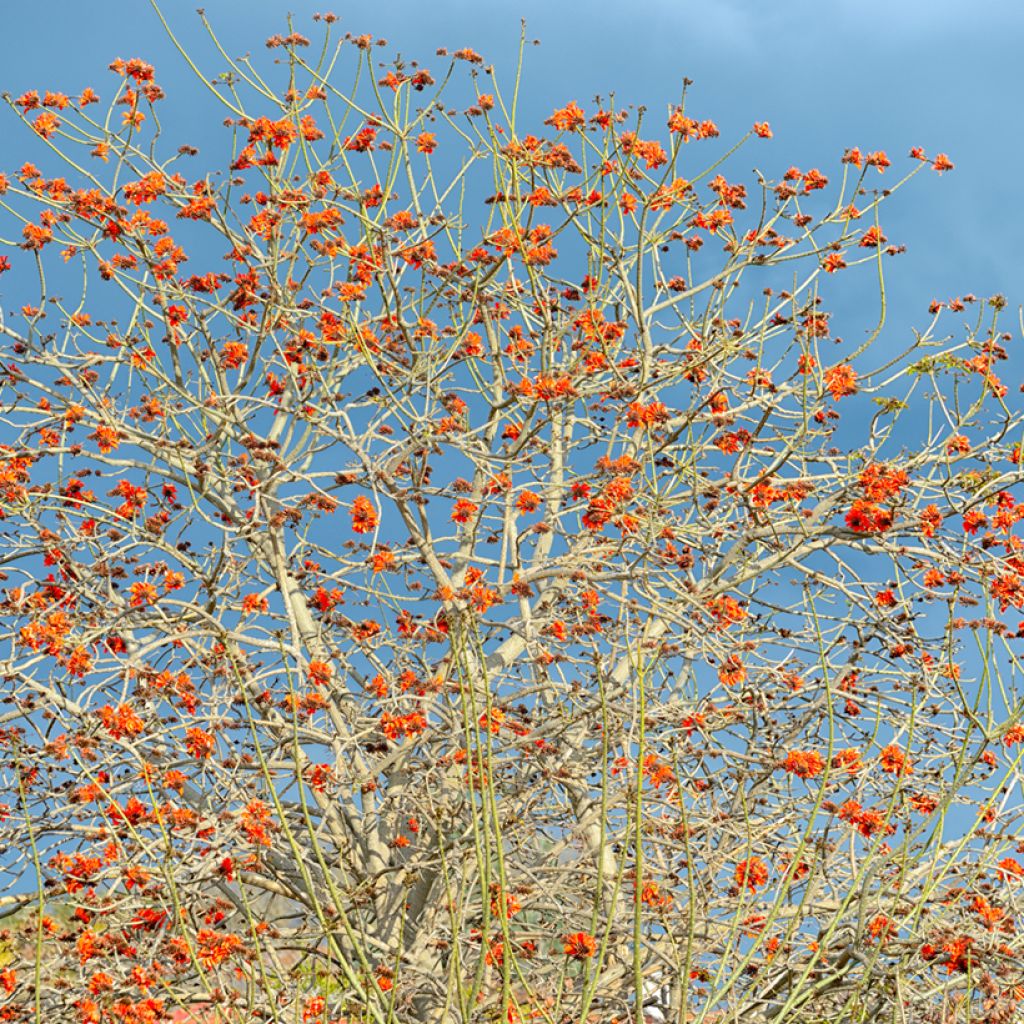

Erythrina caffra - African coral tree
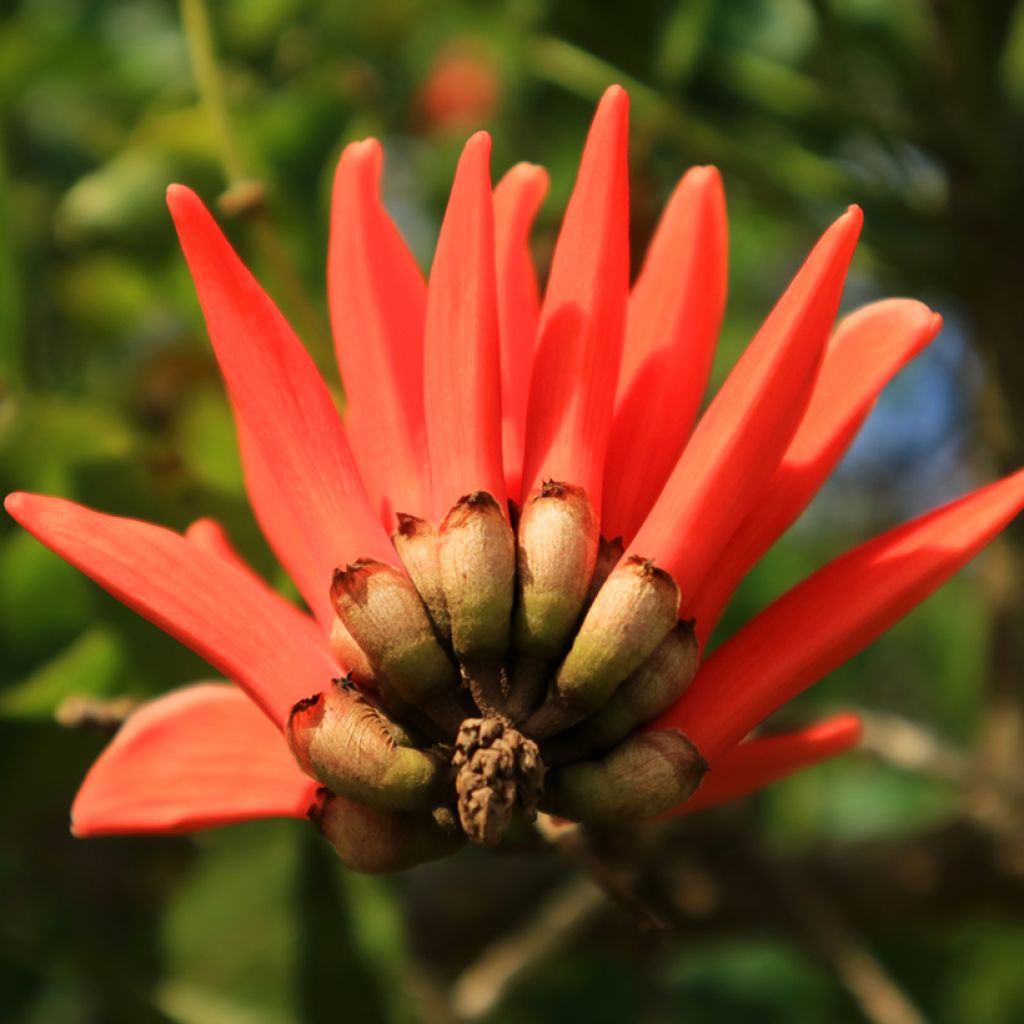

Erythrina caffra - African coral tree
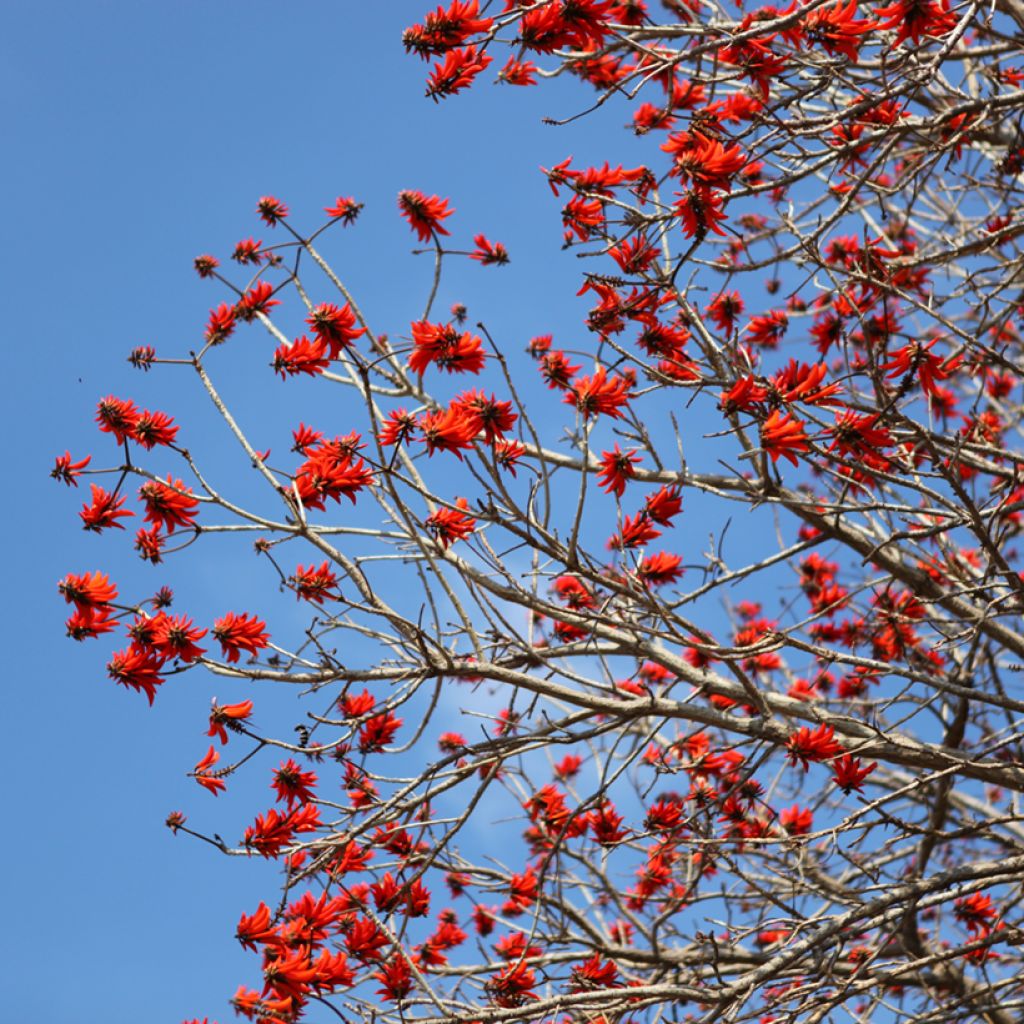

Erythrina caffra - African coral tree
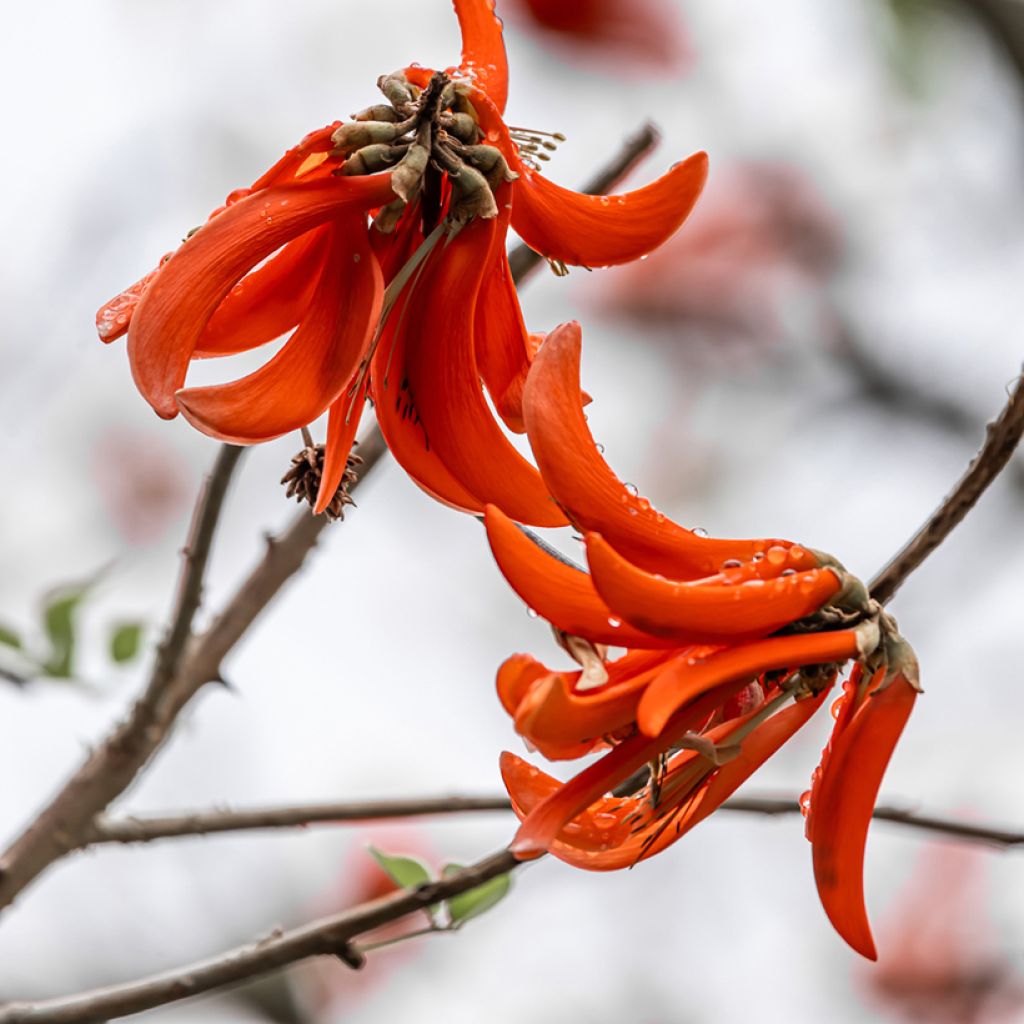

Erythrina caffra - African coral tree
Erythrina caffra - African coral tree
Erythrina caffra
Coast coral tree, african coral tree
Special offer!
Receive a €20 voucher for any order over €90 (excluding delivery costs, credit notes, and plastic-free options)!
1- Add your favorite plants to your cart.
2- Once you have reached €90, confirm your order (you can even choose the delivery date!).
3- As soon as your order is shipped, you will receive an email containing your voucher code, valid for 3 months (90 days).
Your voucher is unique and can only be used once, for any order with a minimum value of €20, excluding delivery costs.
Can be combined with other current offers, non-divisible and non-refundable.
Why not try an alternative variety in stock?
View all →This plant carries a 24 months recovery warranty
More information
We guarantee the quality of our plants for a full growing cycle, and will replace at our expense any plant that fails to recover under normal climatic and planting conditions.
Would this plant suit my garden?
Set up your Plantfit profile →
Description
Erythrina caffra, commonly known as the African Coral Tree, is a spectacular ornamental tree native to southern Africa. It is prized for its stunning orange-red flowering from spring to summer. With its broad, elegant silhouette, it adds a touch of exoticism to Mediterranean coastal gardens. Gardeners in colder regions can grow it in containers on a terrace or balcony, allowing it to be protected from winter cold in a temperate greenhouse or lightly heated conservatory.
Erythrina caffra belongs to the Fabaceae family and is a relative of the much more well-known Erythrina crista-galli. This botanical species originates from the coastal regions of southern Africa, particularly the Eastern Cape province and northern KwaZulu-Natal in South Africa. It is mainly found in coastal forests and along wooded rivers, stretching from the Humansdorp district to Port Shepstone, and inland up to about 57 km in the Albany district. Isolated populations also exist in the Hlabisa and Lake Sibayi areas of Zululand. The Erythrina caffra is a medium-sized deciduous tree, reaching 9 to 12 m in the ground in South Africa, with exceptional specimens growing up to 20 m under optimal conditions. In southern Europe, it typically reaches 4 to 6 m in height, with a spread of 3 to 5 m when planted in the ground. When grown in a pot, the plant usually does not exceed 2 to 3 m in height, with a proportionally smaller spread. The crown of this Coral Tree is both rounded and dense. The trunk and branches are grey, sometimes adorned with short, sharp thorns. The leaves are trifoliate, with each leaflet broadly ovate to elliptical, measuring between 8 and 16 cm in length and 8 to 18 cm in width. The terminal leaflet is usually larger than the lateral ones. In temperate European climates, this tree tends to lose its leaves in autumn and flowers in spring before the new foliage appears. This seasonal adaptation is influenced by local climatic variations. The spectacular flowers emerge before the foliage, between April and May, or in summer among the leaves, depending on the climate. They are grouped in large clusters at the ends of the branches and display a scarlet-orange hue with a terracotta tint. Each flower has a short, broad standard petal, curved upwards, exposing the stamens and giving the flower a shaggy appearance. The fruits are dark, cylindrical pods, about 6.5 cm long, which split open to release shiny coral-red seeds marked with a black spot on one side.
The root system of Erythrina caffra is relatively shallow, with spreading roots that can extend widely around the tree. This root configuration makes it susceptible to strong winds, especially in shallow soils. Growth is rapid under favourable conditions, in full sun and well-drained, moist soil. This species tolerates a wide range of soils, including well-drained damp soils and drier clay soils. A mature specimen can withstand temperatures as low as -4°C briefly. In areas with insufficient sunlight and cool temperatures, its flowering may be compromised. In favourable climates, you can plant this Coral Tree as a standalone specimen. It pairs beautifully with mimosas, eucalyptus, and palm trees.
Erythrina caffra - African coral tree in pictures
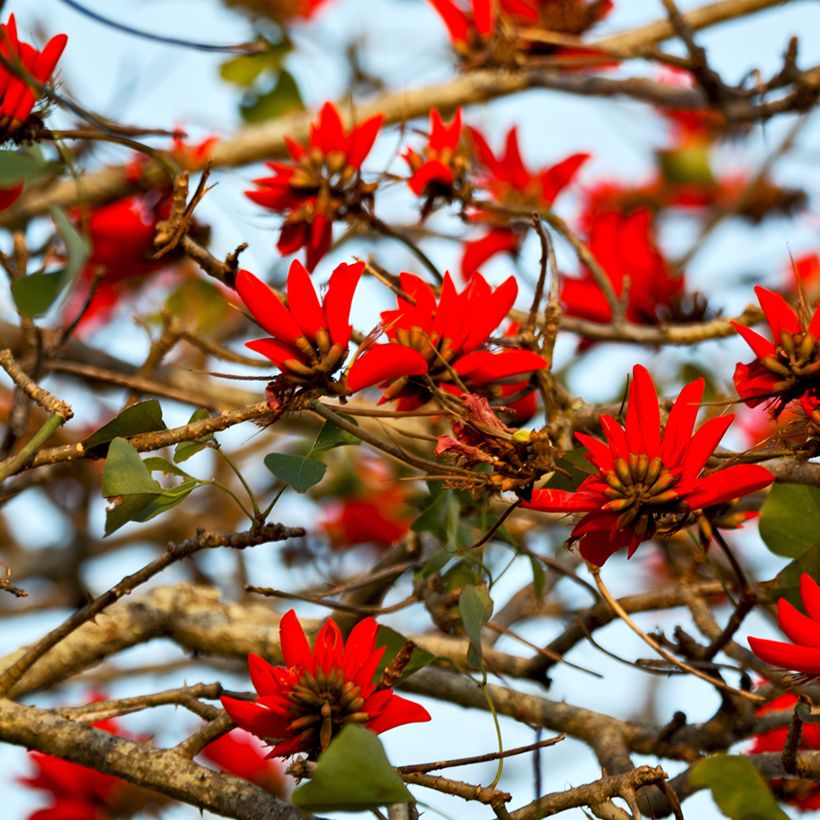

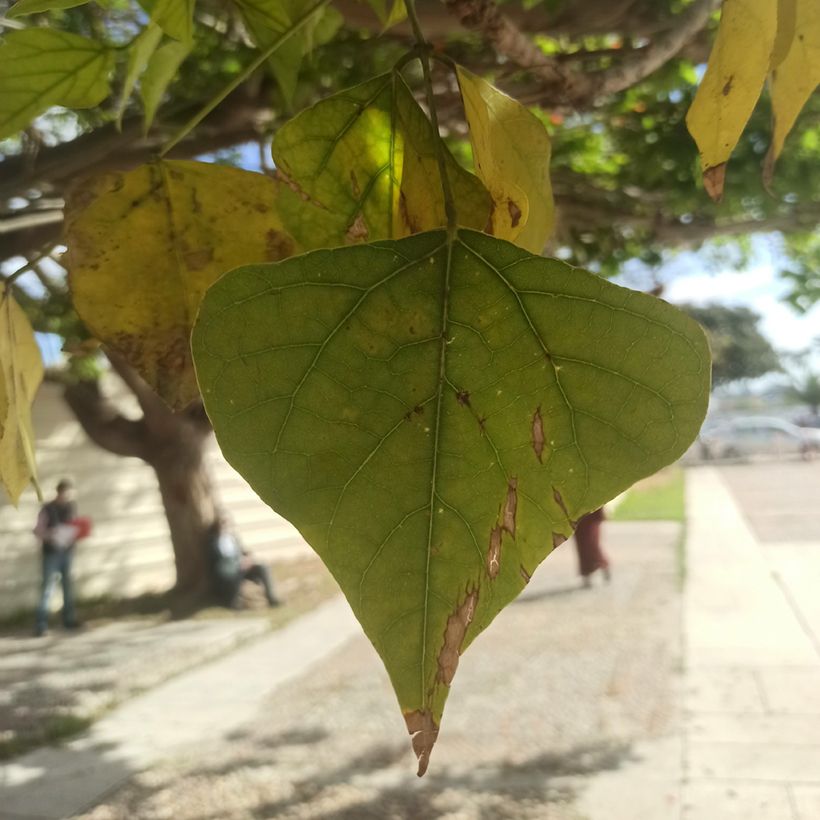

Plant habit
Flowering
Foliage
Botanical data
Erythrina
caffra
Fabaceae
Coast coral tree, african coral tree
Erythrina viarum
South Africa
Other Erythrina
View all →Planting and care
Erythrina caffra can be grown in the ground in gardens spared from heavy frosts, and in pots everywhere else.
In the ground: Choose a spot in full sun, ideally sheltered from prevailing winds to protect the flowering. The coral tree prefers well-drained, fertile, moist soil. Ideally plant in spring, once the risk of frost has passed. Dig a hole suitable for the size of the root ball, place the tree so that the top of the root ball is level with the soil, then fill with a mixture of soil and compost before watering generously to encourage rooting. During the first few years, regular watering is necessary to ensure good establishment. Once well-established, Erythrina caffra becomes relatively drought-tolerant.
In a pot: Use a large pot with drainage holes to avoid excess moisture. A well-aerated substrate, composed of potting soil, garden soil, and sand, ensures good drainage. The pot should be placed in full sun during the growth period. In winter, bring the plant indoors to a bright, frost-free location, but not too heated. Water regularly in summer, allowing the substrate to dry slightly between waterings, and more spaced out in winter to prevent root rot. A balanced fertiliser application in spring promotes abundant flowering and vigorous foliage.
Planting period
Intended location
Care
Planting & care advice
This item has not been reviewed yet - be the first to leave a review about it.
Similar products
Haven't found what you were looking for?
Hardiness is the lowest winter temperature a plant can endure without suffering serious damage or even dying. However, hardiness is affected by location (a sheltered area, such as a patio), protection (winter cover) and soil type (hardiness is improved by well-drained soil).

Photo Sharing Terms & Conditions
In order to encourage gardeners to interact and share their experiences, Promesse de fleurs offers various media enabling content to be uploaded onto its Site - in particular via the ‘Photo sharing’ module.
The User agrees to refrain from:
- Posting any content that is illegal, prejudicial, insulting, racist, inciteful to hatred, revisionist, contrary to public decency, that infringes on privacy or on the privacy rights of third parties, in particular the publicity rights of persons and goods, intellectual property rights, or the right to privacy.
- Submitting content on behalf of a third party;
- Impersonate the identity of a third party and/or publish any personal information about a third party;
In general, the User undertakes to refrain from any unethical behaviour.
All Content (in particular text, comments, files, images, photos, videos, creative works, etc.), which may be subject to property or intellectual property rights, image or other private rights, shall remain the property of the User, subject to the limited rights granted by the terms of the licence granted by Promesse de fleurs as stated below. Users are at liberty to publish or not to publish such Content on the Site, notably via the ‘Photo Sharing’ facility, and accept that this Content shall be made public and freely accessible, notably on the Internet.
Users further acknowledge, undertake to have ,and guarantee that they hold all necessary rights and permissions to publish such material on the Site, in particular with regard to the legislation in force pertaining to any privacy, property, intellectual property, image, or contractual rights, or rights of any other nature. By publishing such Content on the Site, Users acknowledge accepting full liability as publishers of the Content within the meaning of the law, and grant Promesse de fleurs, free of charge, an inclusive, worldwide licence for the said Content for the entire duration of its publication, including all reproduction, representation, up/downloading, displaying, performing, transmission, and storage rights.
Users also grant permission for their name to be linked to the Content and accept that this link may not always be made available.
By engaging in posting material, Users consent to their Content becoming automatically accessible on the Internet, in particular on other sites and/or blogs and/or web pages of the Promesse de fleurs site, including in particular social pages and the Promesse de fleurs catalogue.
Users may secure the removal of entrusted content free of charge by issuing a simple request via our contact form.
The flowering period indicated on our website applies to countries and regions located in USDA zone 8 (France, the United Kingdom, Ireland, the Netherlands, etc.)
It will vary according to where you live:
- In zones 9 to 10 (Italy, Spain, Greece, etc.), flowering will occur about 2 to 4 weeks earlier.
- In zones 6 to 7 (Germany, Poland, Slovenia, and lower mountainous regions), flowering will be delayed by 2 to 3 weeks.
- In zone 5 (Central Europe, Scandinavia), blooming will be delayed by 3 to 5 weeks.
In temperate climates, pruning of spring-flowering shrubs (forsythia, spireas, etc.) should be done just after flowering.
Pruning of summer-flowering shrubs (Indian Lilac, Perovskia, etc.) can be done in winter or spring.
In cold regions as well as with frost-sensitive plants, avoid pruning too early when severe frosts may still occur.
The planting period indicated on our website applies to countries and regions located in USDA zone 8 (France, United Kingdom, Ireland, Netherlands).
It will vary according to where you live:
- In Mediterranean zones (Marseille, Madrid, Milan, etc.), autumn and winter are the best planting periods.
- In continental zones (Strasbourg, Munich, Vienna, etc.), delay planting by 2 to 3 weeks in spring and bring it forward by 2 to 4 weeks in autumn.
- In mountainous regions (the Alps, Pyrenees, Carpathians, etc.), it is best to plant in late spring (May-June) or late summer (August-September).
The harvesting period indicated on our website applies to countries and regions in USDA zone 8 (France, England, Ireland, the Netherlands).
In colder areas (Scandinavia, Poland, Austria...) fruit and vegetable harvests are likely to be delayed by 3-4 weeks.
In warmer areas (Italy, Spain, Greece, etc.), harvesting will probably take place earlier, depending on weather conditions.
The sowing periods indicated on our website apply to countries and regions within USDA Zone 8 (France, UK, Ireland, Netherlands).
In colder areas (Scandinavia, Poland, Austria...), delay any outdoor sowing by 3-4 weeks, or sow under glass.
In warmer climes (Italy, Spain, Greece, etc.), bring outdoor sowing forward by a few weeks.






























